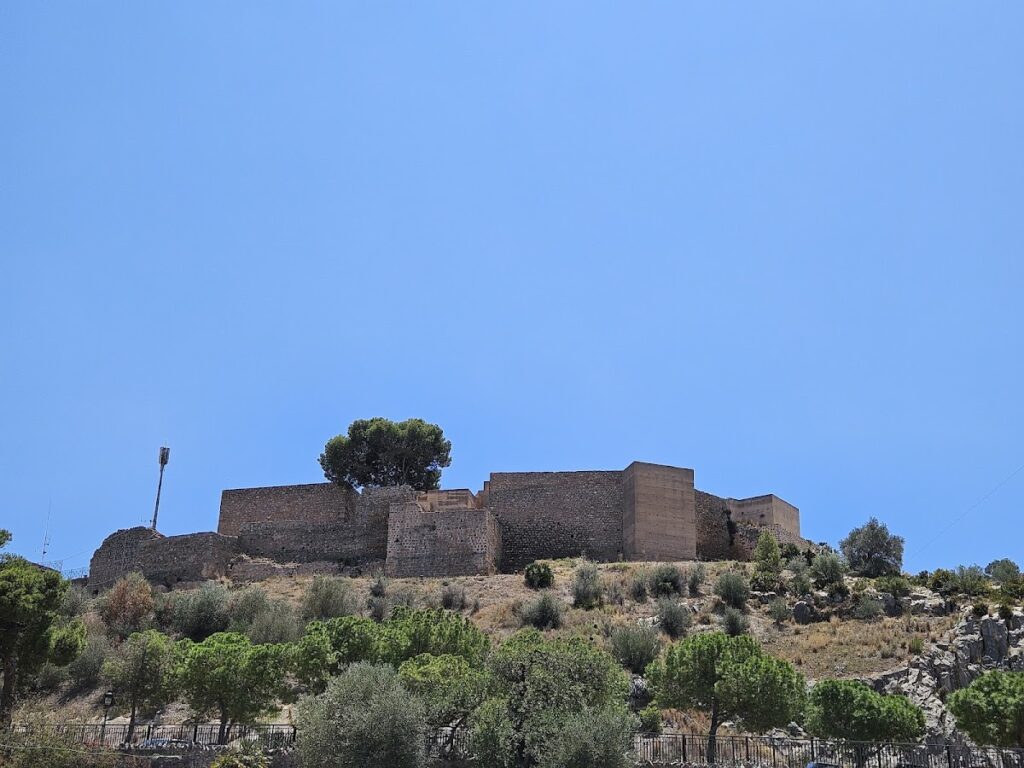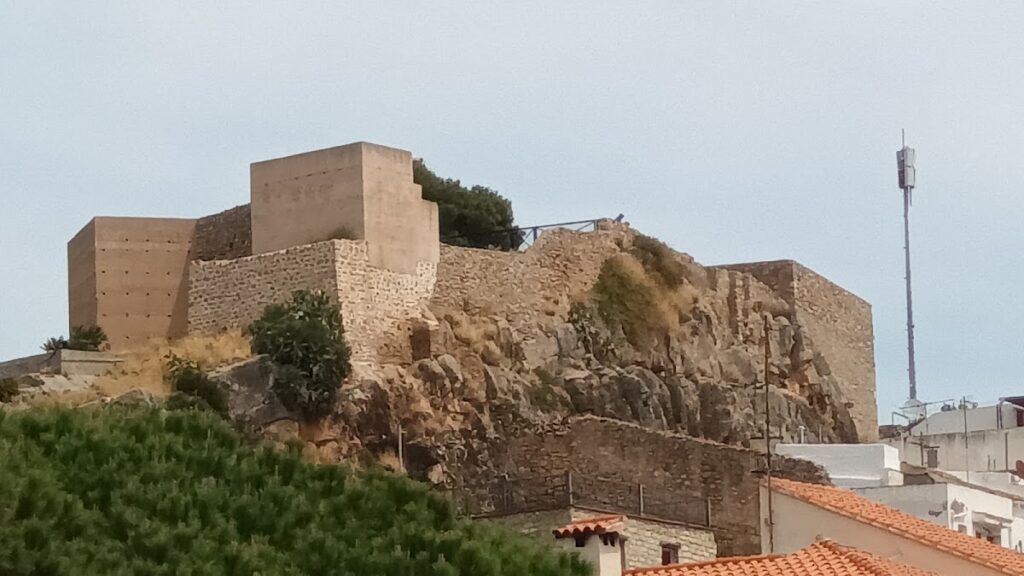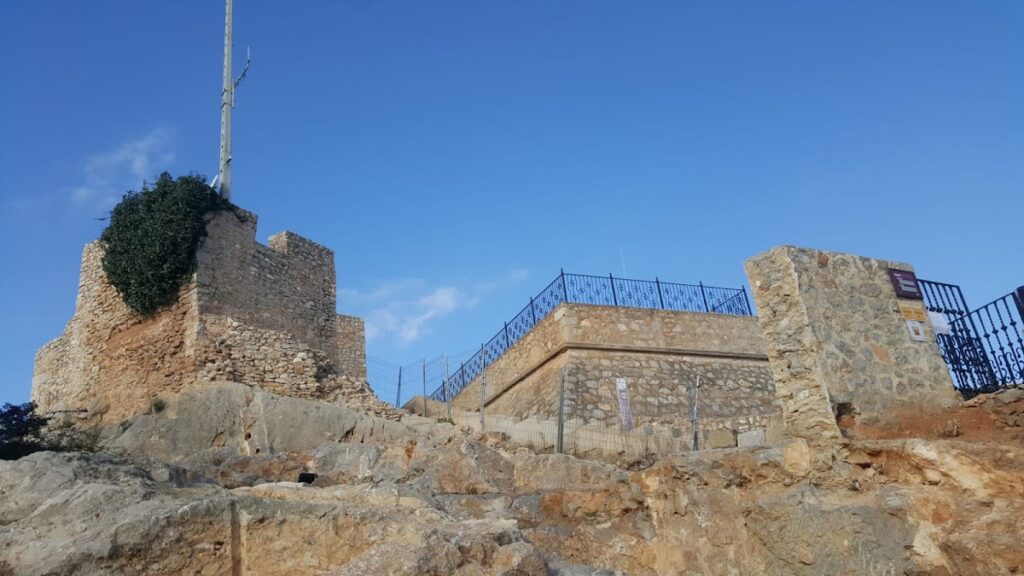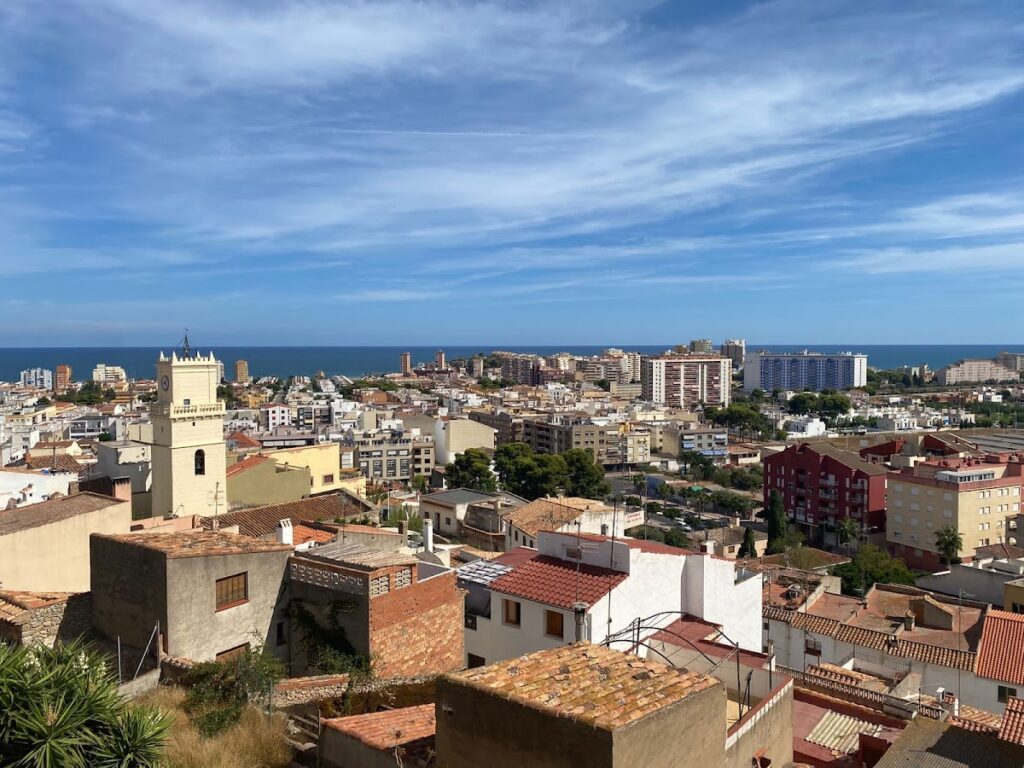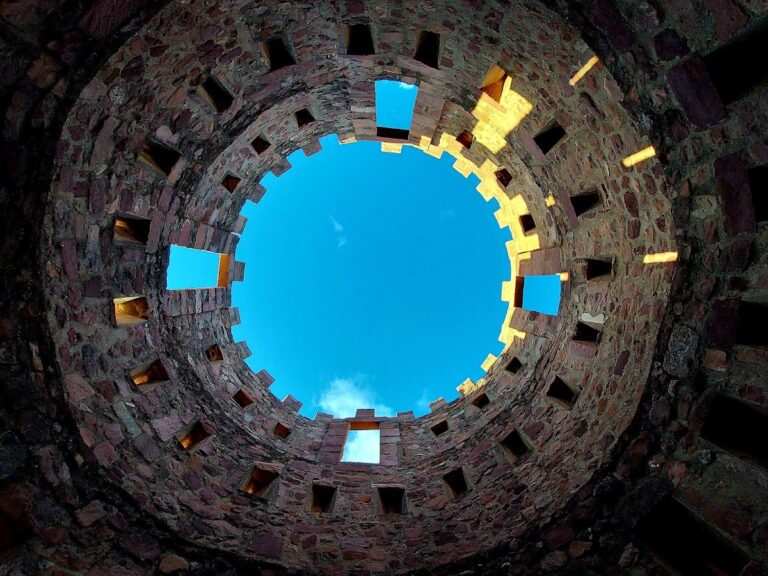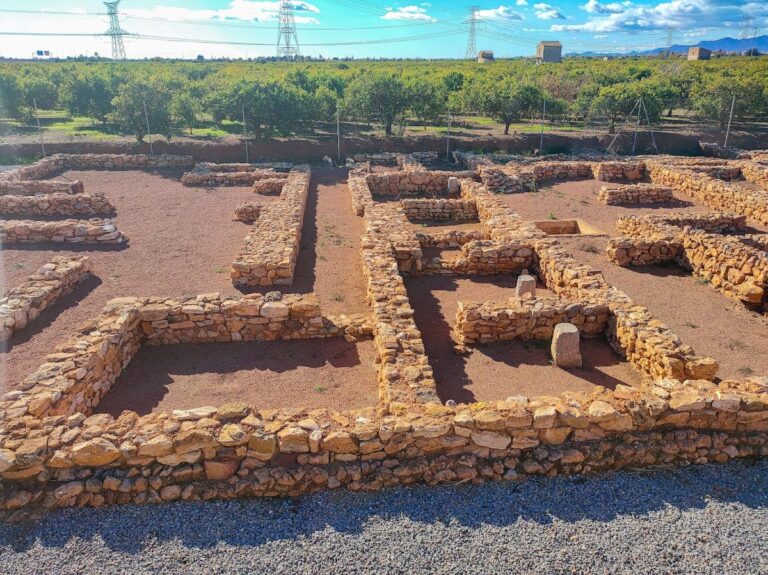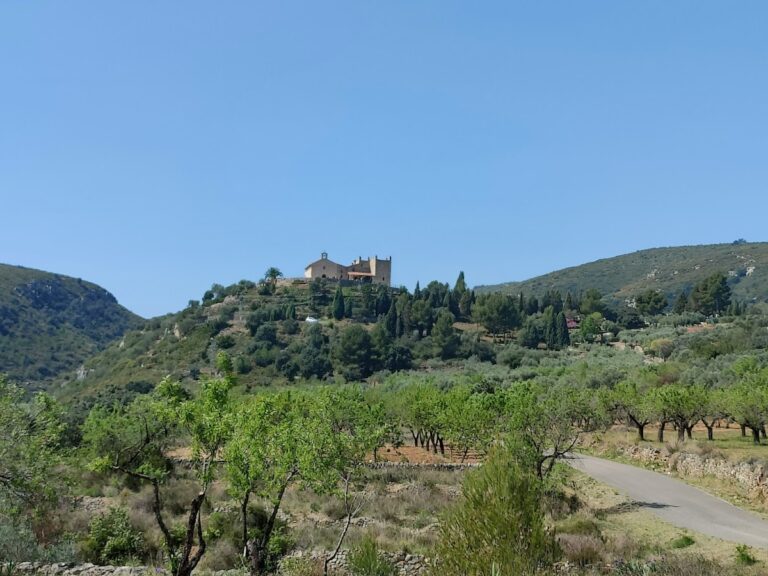Oropesa del Mar Castle: A Medieval Fortress in Spain
Visitor Information
Google Rating: 3.9
Popularity: Medium
Google Maps: View on Google Maps
Official Website: www.oropesadelmarturismo.com
Country: Spain
Civilization: Unclassified
Remains: Military
History
The Castle and Walls of Oropesa del Mar stand in the town of Oropesa, Spain, originally established by Muslim builders during the medieval period. This fortified complex occupies a rocky hill overlooking the coastline, where it commanded views of the sea and the nearby watchtower known as the Torre del Rey.
Archaeological findings reveal that the area around Oropesa experienced uninterrupted human settlement spanning several eras, beginning in prehistoric times, passing through the Bronze Age, Iberian culture, Roman occupation, and into medieval and later periods. The castle itself was constructed during the Muslim period but had come under Christian control by 1090, notably owned by the legendary Rodrigo Díaz de Vivar, also known as El Cid. Subsequently, King Pedro I of Aragón held dominion over it for a time. The fortress briefly reverted to Almoravid hands before being retaken and granted to the Order of Malta in 1149, and then transferred to the Knights Templar in 1169.
Despite Christian reconquest efforts, full Christianization of the surrounding lands was not achieved until roughly 1233. Following a period of decline and depopulation, the locality was repopulated during the 15th century. At this time, a new defensive wall was constructed enclosing a planned urban layout that incorporated a fortified church, which eventually became the Chapel of the Virgin of Patience. The military significance of the fortifications rose again during the Carlist Wars in the 19th century, although they suffered heavy damage, particularly from the siege led by Marshal Suchet.
Over the centuries, the castle underwent several modifications. Substantial rebuilding took place in the 14th century, adapting the structure to emerging military requirements. Later in the 16th century, enhancements were made to accommodate the use of artillery. During the early 19th century, when Napoleonic forces invaded Spain, original architectural plans of the castle were taken by the French and remain in their possession today. Presently, the site is recognized and protected as a cultural heritage monument under both Valencian and Spanish laws.
Remains
The remnants of the castle and its surrounding walls reveal a defensive complex with a compact, regular polygonal shape. The core of the fortress includes six towers arranged in a fan-like formation. Central to the design is a trapezoidal keep, known as the tower of homage, which served as the last stronghold in defense. These features reflect medieval military architecture engineered to maximize protection and surveillance.
Constructed primarily from rammed earth, a technique locally called tapia, the walls provide evidence of building methods typical of the Muslim period in this region. Within the fortress remains a two-nave cistern, or aljibe, used for water storage. This feature also dates to the Islamic era, highlighting the importance of self-sufficiency during sieges.
The castle’s positioning near the sea was strategically complemented by neighboring watchtowers, especially the nearby Torre del Rey, which allowed for early warning against maritime threats. Surrounding the fortified settlement, the 15th-century defensive wall was laid out along a geometric, grid-like urban plan to protect the repopulated town. This later wall included integrated religious structures such as the fortified church, underscoring the close relationship between defense and worship during this period.
Today, the castle remains in a state of ruin and abandonment. The fragile condition of the rammed earth walls and other surviving elements complicates any restoration efforts, requiring comprehensive rebuilding rather than simple repairs. Despite this, the site still offers valuable insight into the multi-layered history and architectural evolution of fortifications in Oropesa del Mar.
